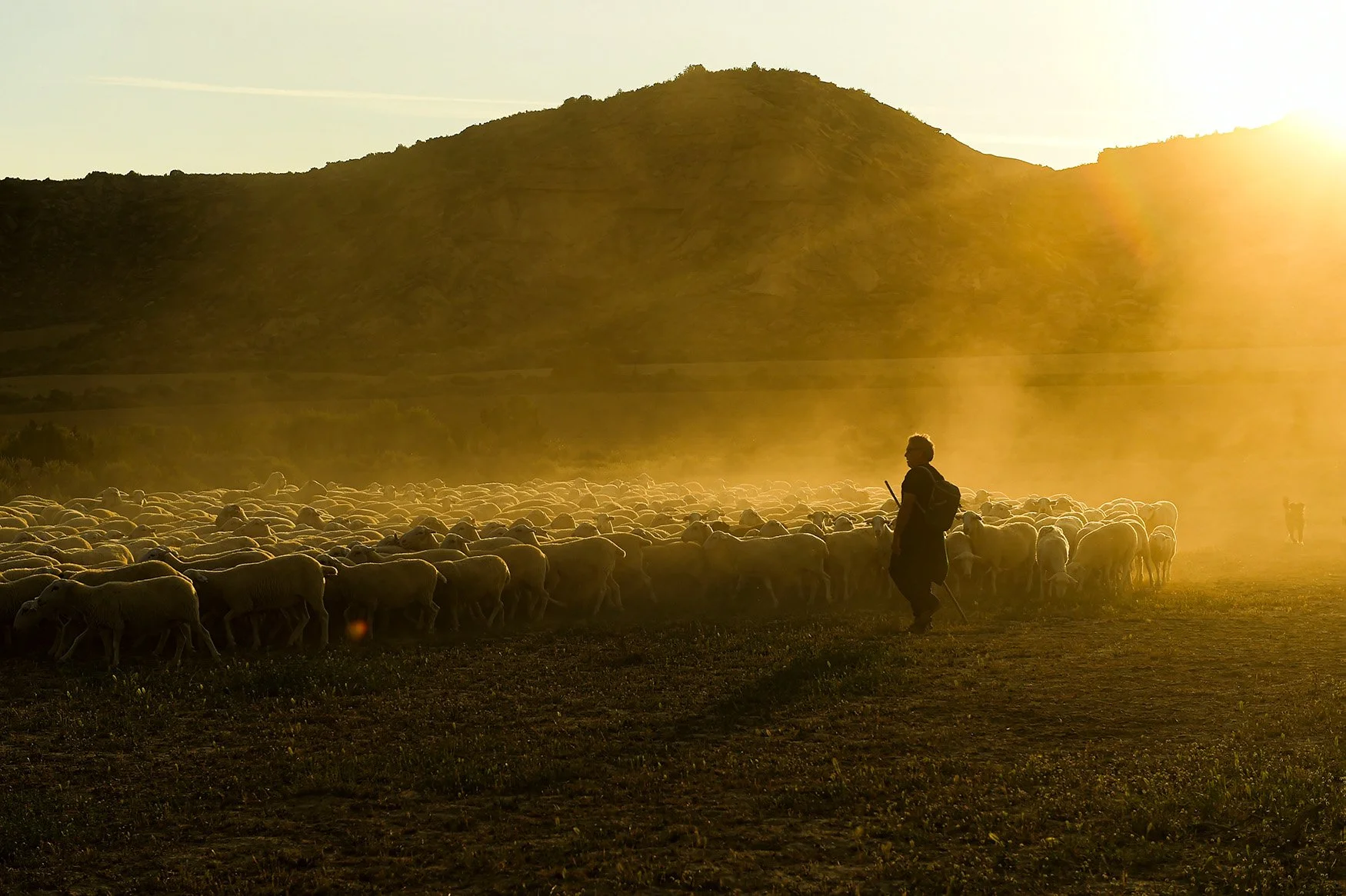Spanish villages keep creepy Carnival customs

Carnival festivities in some parts of rural Spain can be sinister and scary. They can also be a lot of fun.
Seasonal traditions in the Pyrenean villages of Lantz and Lesaka are not for the faint-hearted.
For the people of Lantz, Carnival is the stage for a symbolic confrontation between the forces of good and evil.
Locals parade through the village streets with a giant figure of "Miel Otxin,'' which is attached to a wooden structure and represents a legendary bandit.
To the musical accompaniment of bagpipes and flutes, the festivities include making the bandit dance before executing him.
At Lesaka, inflated animal bladders attached to sticks are used to hit people. Locals dress up as the traditional carnival characters "Zaku Zaharrak," meaning “old sack” in the local Basque language.
Covering their faces with white handkerchiefs after sunset, they parade for hours through the village, dancing and singing to the music of a band.
These traditions were banned during the 1939-1975 dictatorship of Gen. Francisco Franco, but since being revived in the early 1990s they have thrived and attract many visitors.
People prepare the the giant Miel Otxin to take part in an ancient rural carnival in the small Pyrenees village of Lantz, northern Spain, Sunday, Feb. 23, 2020. (AP Photo/Alvaro Barrientos)
Iker de La Torre, center, 16, with his face covered prepares to take part as a ''Ziripot,” during an ancient rural carnival in the small Pyrenees village of Lantz, northern Spain, Sunday, Feb. 23, 2020. (AP Photo/Alvaro Barrientos)
Residents watch participants dressed as the traditional carnival character "Zaku Zaharrak," meaning “old sack” in the local Basque language, take part in a carnival parade in the small Pyrenean village of Lesaka, northern Spain, Sunday, Feb. 23, 2020. (AP Photo/Alvaro Barrientos)
Participants dressed as the traditional carnival character "Zaku Zaharrak," meaning “old sack” in the local Basque language, take part in a carnival parade in the small Pyrenean village of Lesaka, northern Spain, Sunday, Feb. 23, 2020. (AP Photo/Alvaro Barrientos)
People take part in an ancient rural carnival in the small Pyrenees village of Lantz, northern Spain, Sunday, Feb. 23, 2020. (AP Photo/Alvaro Barrientos)
Participants dressed as the traditional carnival character "Zaku Zaharrak" prepare to take part in a carnival parade in the small Pyrenean village of Lesaka, northern Spain, Sunday, Feb. 23, 2020. (AP Photo/Alvaro Barrientos)
Inflated animal bladder used to hit people wearing the costume of the traditional carnival character "Zaku Zaharrak" lay in a pile on the ground in the small Pyrenean village of Lesaka, northern Spain, Sunday, Feb. 23, 2020. (AP Photo/Alvaro Barrientos)
Participants dressed as the traditional carnival characters "Zaku Zaharrak," meaning “old sack” in the local Basque language, prepare to take part in a carnival parade in the small Pyrenean village of Lesaka, northern Spain, Sunday, Feb. 23, 2020. (AP Photo/Alvaro Barrientos)
Iker de La Torre, 16, prepares to take part as a ''Ziripot'' in an ancient rural carnival in the small Pyrenees village of Lantz, northern Spain, Sunday, Feb. 23, 2020. (AP Photo/Alvaro Barrientos)
Iker de La Torre, 16, is helped into his ''Ziripot'' costume before participating in an ancient rural carnival in the small Pyrenees village of Lantz, northern Spain, Sunday, Feb. 23, 2020. (AP Photo/Alvaro Barrientos)
Iker de La Torre, 16, prepares to take part as a ''Ziripot'' in an ancient rural carnival in the small Pyrenees village of Lantz, northern Spain, Sunday, Feb. 23, 2020. (AP Photo/Alvaro Barrientos)
Iker de La Torre, 16, prepares to take part as a ''Ziripot'' in an ancient rural carnival in the small Pyrenees village of Lantz, northern Spain, Sunday, Feb. 23, 2020. (AP Photo/Alvaro Barrientos)
A participant dressed as the traditional carnival character "Zaku Zaharrak" prepares to take part in a carnival parade in the small Pyrenean village of Lesaka, northern Spain, Sunday, Feb. 23, 2020. (AP Photo/Alvaro Barrientos)
People carry the symbol of Carnival, the giant Miel Otxin, to take part in an ancient rural carnival in the small Pyrenees village of Lantz, northern Spain, Sunday, Feb. 23, 2020. (AP Photo/Alvaro Barrientos)
People carry the symbol of Carnival, the giant Miel Otxin, to take part in an ancient rural carnival in the small Pyrenees village of Lantz, northern Spain, Sunday, Feb. 23, 2020. (AP Photo/Alvaro Barrientos)
Children prepare to take part in an ancient rural carnival in the small Pyrenees village of Lantz, northern Spain, Sunday, Feb. 23, 2020. AP Photo/Alvaro Barrientos)
Photos and text by Alvaro Barrientos





